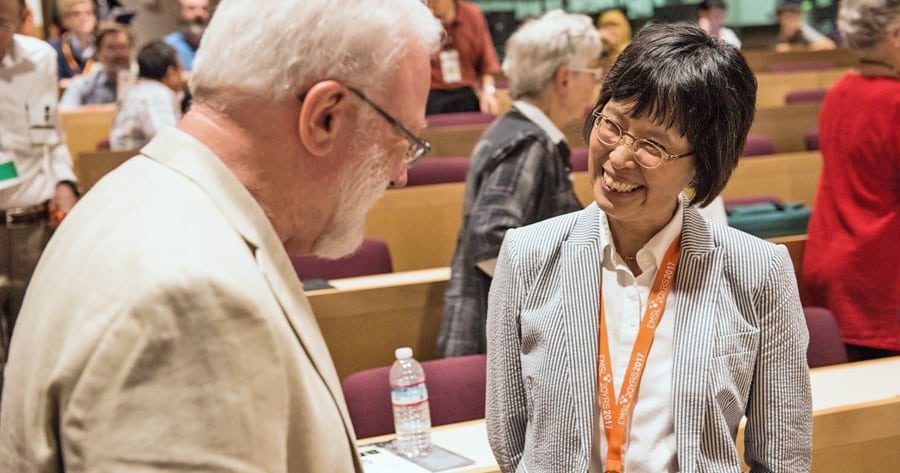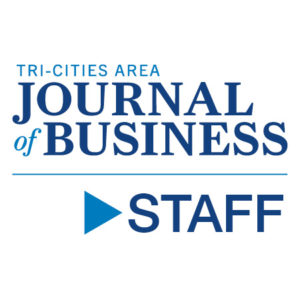
Home » EMSL celebrates 20 years of scientific achievement
EMSL celebrates 20 years of scientific achievement

August 11, 2017
A unique user facility in Richland that has helped scientists around the world shape their ideas and find answers to some of the most challenging scientific questions celebrated two decades of achievement this month.
Scientists, community leaders and others gathered Aug. 3-4 to celebrate the first 20 years of the Environmental Molecular Sciences Laboratory, or EMSL. About 100 people attended.
EMSL covers an area bigger than four football fields and is filled with instruments for molecular environmental science and a production computing system, all designed to help scientists answer questions about the environment, biology and energy.
It is home to more than 150 scientists, many with unique expertise.
“Scientific user facilities like EMSL bring together the resources, the tools, and most importantly the people to solve some of the most difficult scientific challenges,” said Liyuan Liang, EMSL director, in a release. “Scientists from academic, industry and laboratories across the world join forces to tackle problems that otherwise might go unaddressed simply because they are too complex and challenging for any one scientist. We bring teams of scientists together to enable discovery.”
Using EMSL resources, scientists worldwide have authored more than 6,000 scientific manuscripts which have garnered more than 200,000 citations as other scientists build on each other’s work.
EMSL is a U.S. Department of Energy Office of Science user facility located at DOE’s Pacific Northwest National Laboratory.
EMSL was proposed by former PNNL director William R. Wiley — Wiley Elementary School in West Richland is his namesake — to explore connections at the molecular scale between the physical, mathematical and life sciences.
While much of its initial focus was on environmental challenges, such as the fate and transport of contaminants beneath the surface, the laboratory’s scope has grown.
EMSL resources have contributed to findings about the environment, atmospheric processes, biofuels and bioproducts, microbiology and life sciences, catalysis, energy storage, clean fuels and other topics.
A constant throughout EMSL’s years has been the creation of new ways to monitor what’s happening at the molecular level in a range of materials and organisms.
One of EMSL’s most widely-known contributions is the creation of NWChem, an open-source high-performance-computing software package that helps scientists understand problems in the realm of molecular chemistry and biochemistry. The software, which helps scientists simulate molecular structures and reaction mechanisms, has been downloaded more than 70,000 times.
Local News
KEYWORDS august 2017





